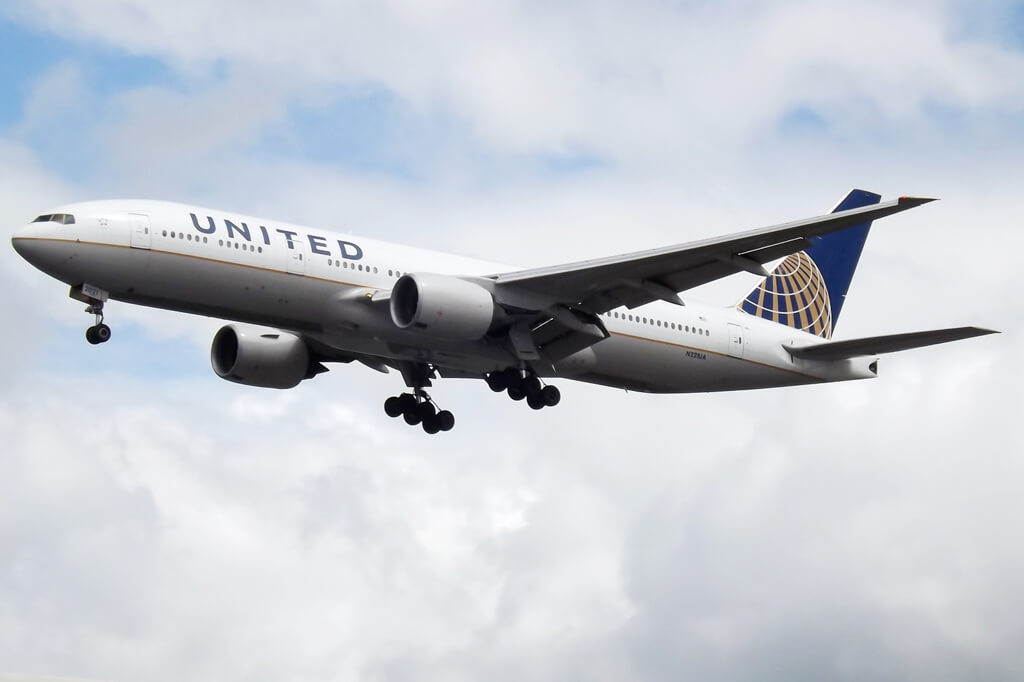Following the shooting of a U.S. drone by Iran on June 20, 2019, several airlines modified their routes or suspended flights that crossed the airspace above the Strait of Hormuz and the Gulf of Oman.
Hours after the incident, the U.S. Federal Aviation Administration (FAA) issued a ban on civil aviation for U.S. operators to use the overwater area of the Tehran Flight Information Region “due to heightened military activities and increased political tensions”. According to the FAA, the nearest civil aircraft was operating within 45 nm (83 km) of the drone when it was shot down.
#FAA Statement: The FAA has issued a Notice to Airmen (#NOTAM) prohibiting U.S.-registered aircraft from operating over the Persian Gulf and Gulf of Oman. The NOTAM applies to all U.S. air carriers and commercial operators. pic.twitter.com/Z5eVX6hyOx
— The FAA (@FAANews) June 21, 2019
At the time, United Airlines had already suspended flights between Newark airport and the Indian city of Mumbai, as they pass through Iranian airspace.
While for now the FAA’s decision only applies to U.S. operators, other airlines have also decided to modify courses of their flights or cancel them altogether. KLM, Delta Air Lines, British Airways, Lufthansa (LHAB) (LHA) , Qantas, Japan Airlines, Singapore Airlines (SIA1) (SINGY) , and Malaysia Airlines have all reportedly modified their operations, either canceling flights or rerouting their aircraft.
Trump pulls back an airstrike at the last minute
In a new development, Donald Trump claimed that he called off an airstrike at the last moment after being informed that it would cause the death of 150 people. The operation was supposed to target at least three Iranian sites, including radars and missile batteries.
….proportionate to shooting down an unmanned drone. I am in no hurry, our Military is rebuilt, new, and ready to go, by far the best in the world. Sanctions are biting & more added last night. Iran can NEVER have Nuclear Weapons, not against the USA, and not against the WORLD!
— Donald J. Trump (@realDonaldTrump) June 21, 2019
In a letter to the Secretary-General of the United Nations, Iran’s ambassador Majid Takht Ravanchi claimed that the US drone had entered the country’s airspace “despite several warnings repeated by radio”.
Both parties are still disputing the location of the drone at the moment of the incident.
CENTCOM, the U.S. military command for Central Asia and the Middle East, published a map of the alleged time and location of the aircraft when it was destroyed, which it claims “had not violated Iranian airspace at any time”.
The ISR Flight path and grid plots for the RQ-4A shot down by Iran in the Strait of Hormuz. “This was an unprovoked attack on a U.S. surveillance asset that had not violated Iranian airspace at any time …” – Lt Gen Joseph Guastella, @USAFCENT pic.twitter.com/uczI5HF68b
— U.S. Central Command (@CENTCOM) June 20, 2019
Meanwhile, Deputy Foreign Minister Abbas Araghchi told the Swiss ambassador to Tehran, acting as a U.S. envoy, that Iran found debris of the drone within its territorial waters. Unidentified parts were later shown on the state television.
Sections of the #US military drone were found in Iran’s territorial waters where it was shot down by the country’s Air Defense System pic.twitter.com/jRSlxrjuzo
— Tasnim News Agency (@Tasnimnews_EN) June 21, 2019
Unlike what was announced before, it seems that the drone was, in fact, an RQ-4 Global Hawk, as Iran had claimed. The US Air Force, currently operating the latest version (RQ-4B) had sold its older drones to the US Navy, which operates in a Broad Area Maritime Surveillance (BASM-D) configuration. The Islamic Revolutionary Guard Corps (IRGC) used one of its indigenous Khordad 3 missile systems to bring it down.
